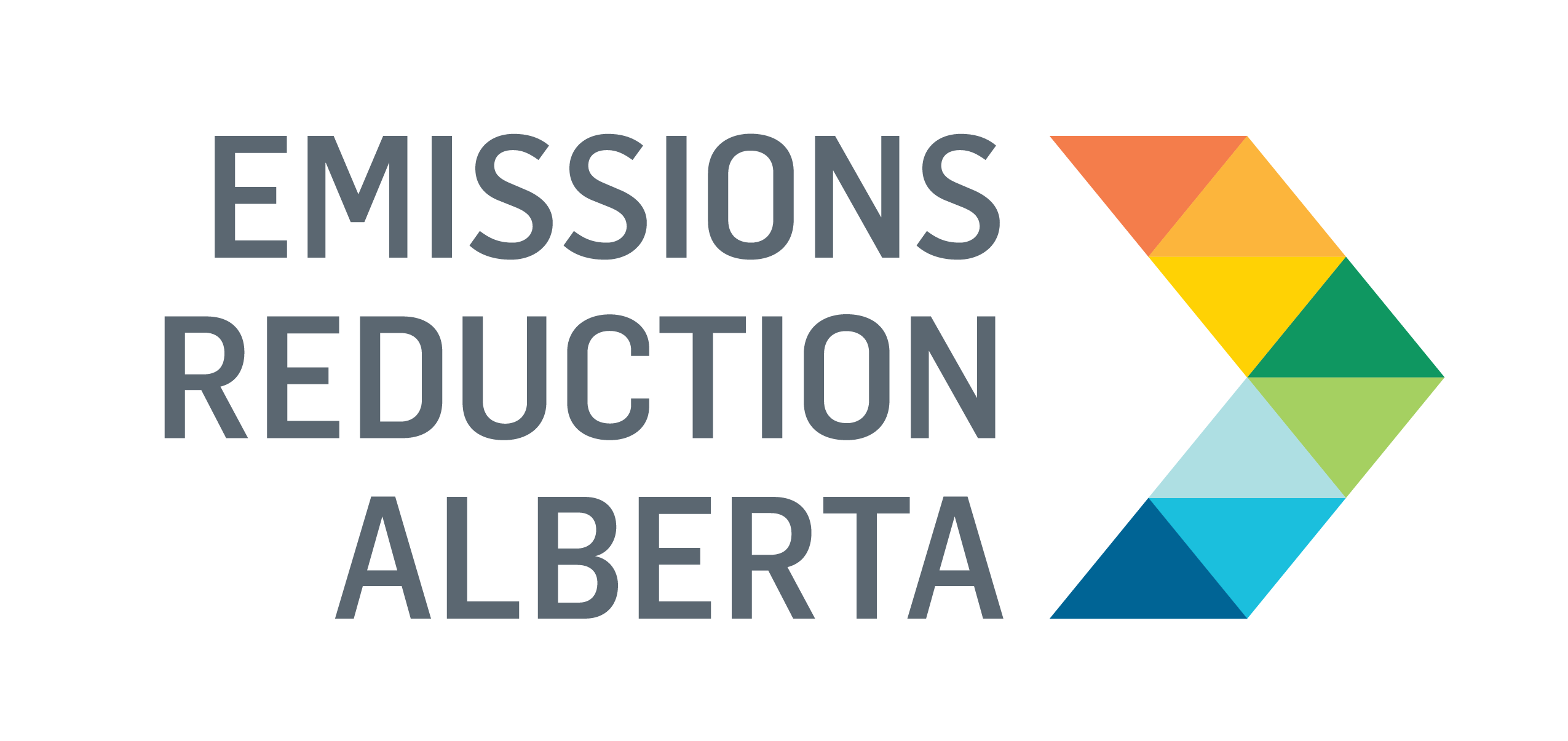With ~180 billion barrels of bitumen reserves in Alberta, a considerable amount of asphaltenes (~17 wt%) are present within them. Asphaltenes, being highly carbon-rich by-products, hold great promise to serve as a cheap feedstock for a wide variety of non-combustible, high-value products with high volume applications. From Phase I and II of the Carbon Fiber Grand Challenge (CFGC) projects, we confirmed that low-value asphaltenes can be transformed into high-value carbon fibers through our proprietary multi-step processing. In Phase I, we demonstrated the proof-of-concept of transforming asphaltene to carbon fiber, and in Phase II, we have done extensive studies with various pre-processing conditions to demonstrate carbon fibers with tensile strength of >1,100 MPa and modulus of >90 GPa. Moreover, in CFGC Phase II, we demonstrated the reproducibility (with 49% process yield) and quality control (~7 µm diameter, morphological integrity, etc.) of gram-scale (>10 g/day) asphaltene-derived carbon fiber production. Furthermore, our detailed techno-economic and life-cycle analysis indicated that our technology can offer <10 USD/kg carbon fiber as well as 59% reduction in GHG emissions as compared to the incumbent PAN-derived carbon fibers. Building on these successes, in Phase III, our objectives are to: 1) further improve the performance of asphaltene-derived carbon fibers, 2) increase the production capacity (1 kg/week), and 3) develop a minimal viable product (composite structures) followed by extensive testing for direct industry applications. Our goal is to minimize the energy and carbon footprint along with cost optimization to remain at a cost of <10 USD/kg and emissions <10 kg CO2-eq/kg carbon fiber). Successful implementation of this project would diversify Alberta’s downstream industry, create employment opportunities, and help create a new carbon fiber industry in Alberta with a revenue growth potential of multi-billion dollars in the next 5-10 years.
